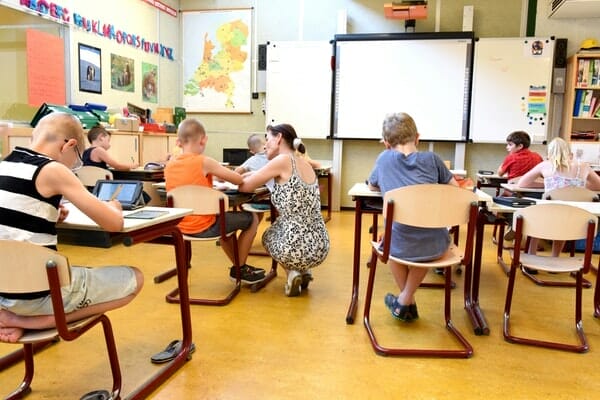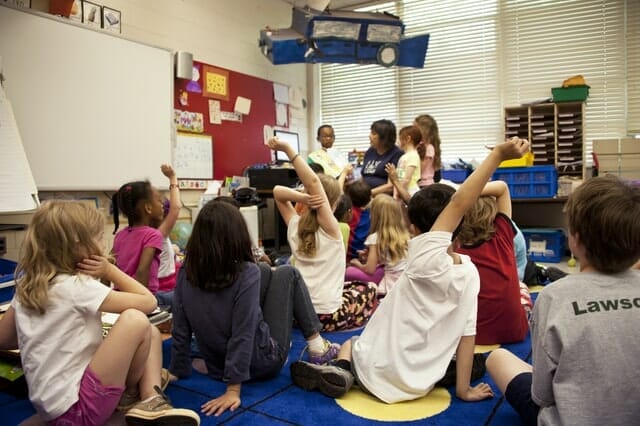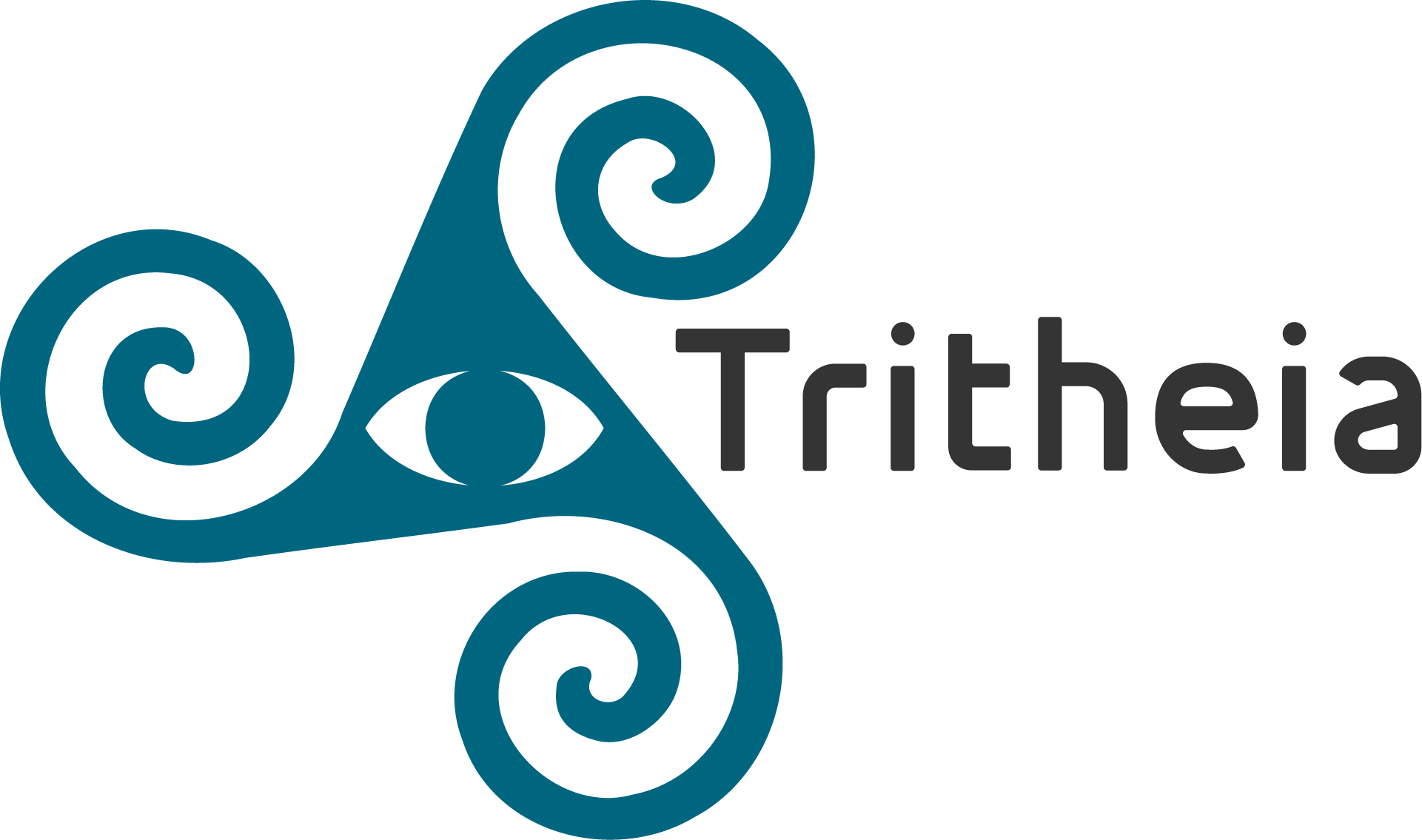What are the visual demands of a classroom?
Binocular teaming - this is a skill that represents how well the eyes are coordinated with each other. It translates as depth perception which helps prevent clumsiness and bumping into things. If there’s a lack of binocularity then it can show up in a student’s behavior as he can have a hard time maintaining concentration and interest in reading. A highly motivated student will push himself to overcome this obstacle but then will complain about headaches, discomfort, fatigue and blurry/ double vision. Poor binocularity also causes lower performance on timed tests because it takes these students longer to read and to maintain their visual attention.
Focusing - it’s important to develop the ability to focus at different distances and to be able to smoothly adjust the focus from one distance to another. This is very important in the classroom because a student must be able to focus on the board which is usually at a distance and then to be able to take notes in their notebook or on their computer which is at a much closer distance than the board is at and the demand to shift their gaze at different distances is constantly required in the classroom.
Other very important visual skills for school performance include:
- Eye-hand coordination
- Visual perception
- Visual memory
- Central and peripheral vision
- Fine and gross visual-motor skills
- Convergence
There are many visual demands in the classroom because so much of a student’s performance depends on their vision skills which can actually be strengthened and developed when necessary. Some of these visual abilities are explained as follows:
Eye tracking - this is necessary for visually monitoring what’s going on in the classroom environment which helps with attention behavior. The six muscles surrounding the eyes must be working properly together to allow for different kinds of smooth eye movements.
A student with undeveloped eye tracking:
- Has a hard time following a teacher who is using objects and gestures to explain something
- Tends to lose their place when reading
- Has a hard time catching a ball
- Has difficulty with making smooth transitions and shifting attention.























